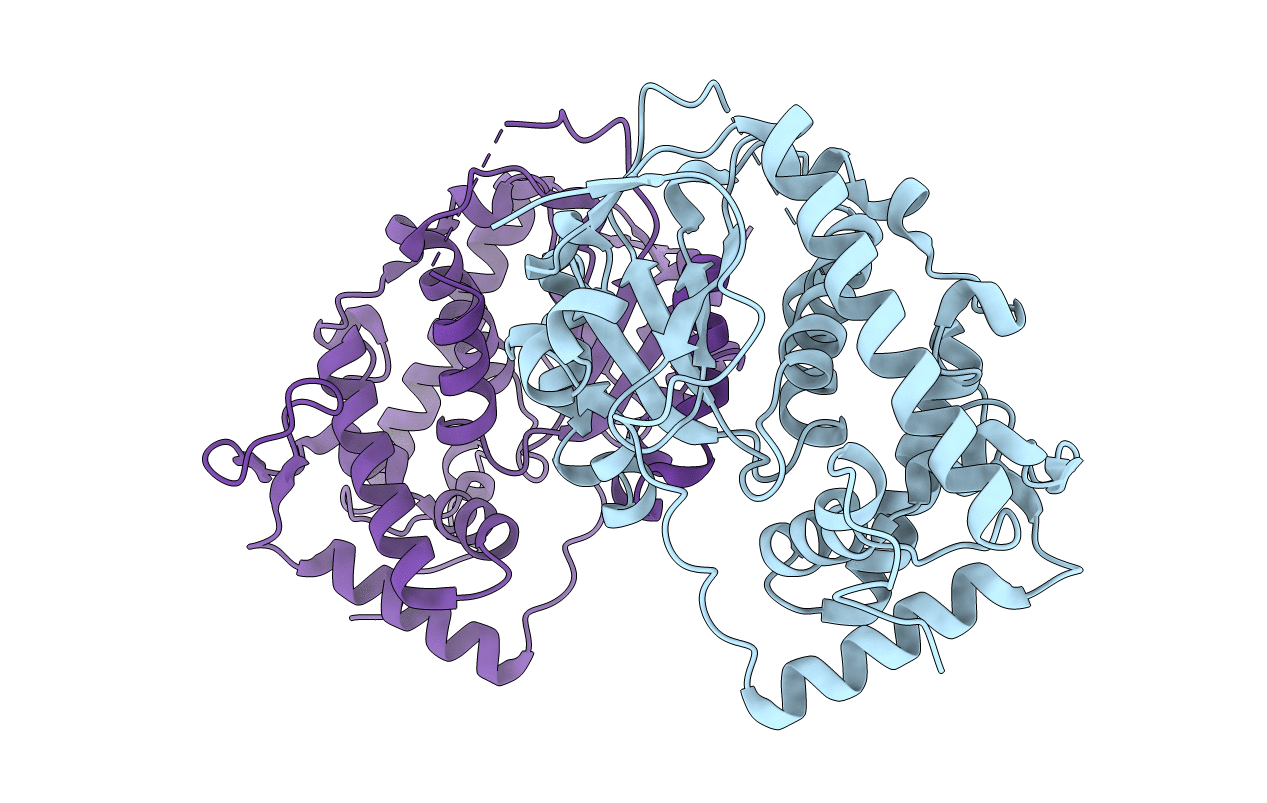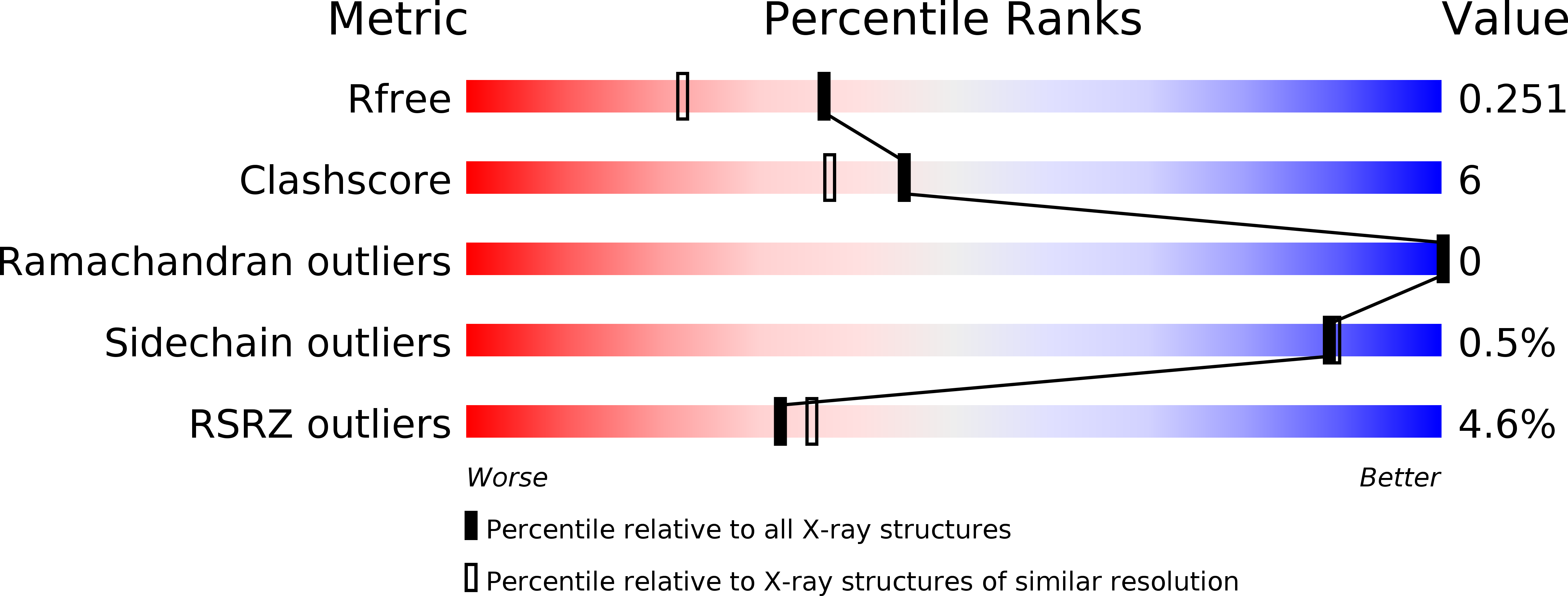
Deposition Date
2013-08-14
Release Date
2014-09-10
Last Version Date
2024-10-16
Entry Detail
PDB ID:
4M8Z
Keywords:
Title:
Crystal Structure of SFH3, a phosphatidylinositol transfer protein that integrates phosphoinositide signaling with lipid droplet metabolism
Biological Source:
Source Organism:
Saccharomyces cerevisiae S288c (Taxon ID: 559292)
Host Organism:
Method Details:
Experimental Method:
Resolution:
1.93 Å
R-Value Free:
0.25
R-Value Work:
0.21
R-Value Observed:
0.21
Space Group:
P 21 21 21


